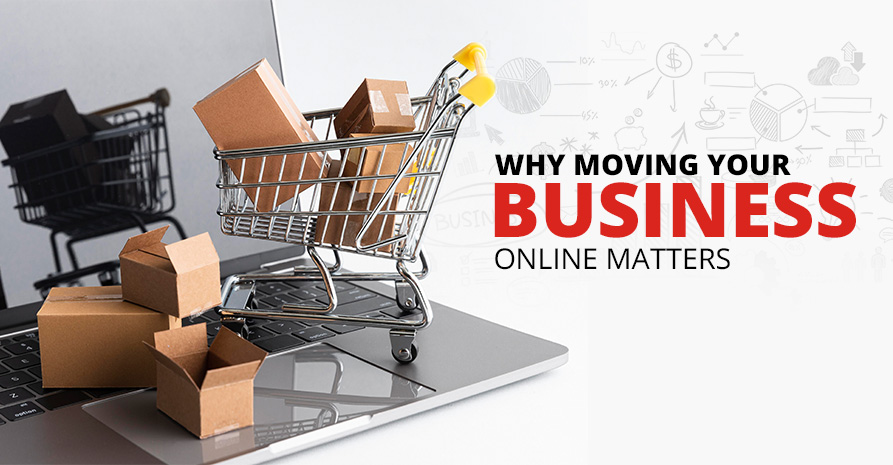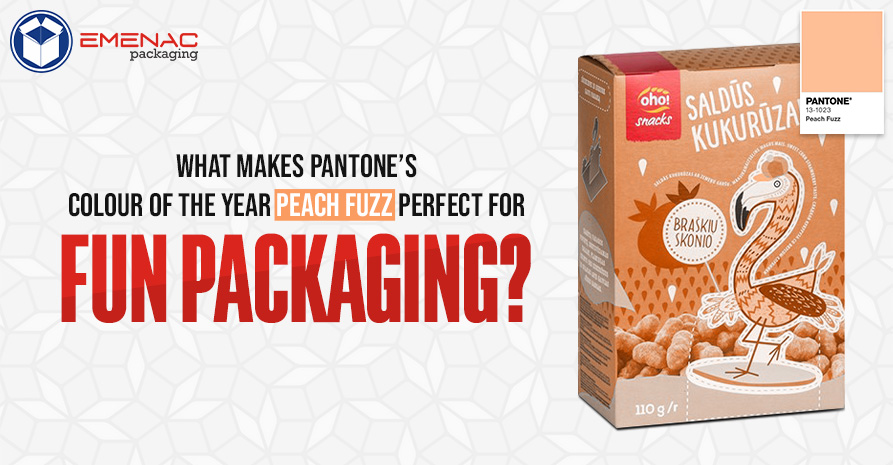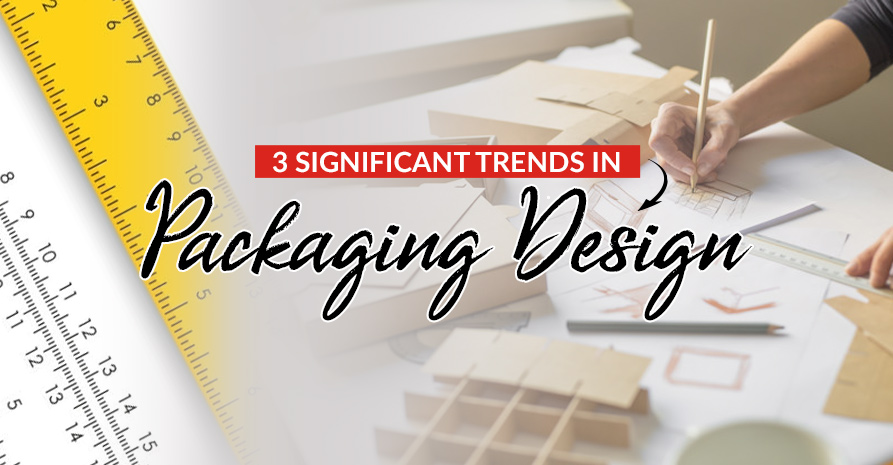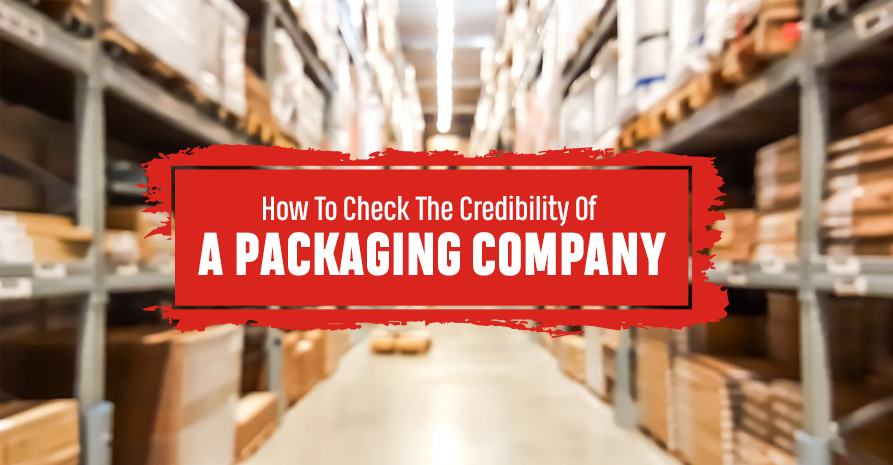How Embossing & Debossing Can Refine Your Packaging Look?

Whenever you are dealing with custom packaging boxes you will come across embossing and debossing. You might wonder what is the difference between both of them. In a nutshell, embossing raises your artwork like your logo while debossing does the opposite i.e., give your artwork a sunken look. Or you can say that slightly raised up artwork is embossing and stamped down designs are debossing. When it comes to custom printed packaging boxes, embossing and debossing depends on several factors
To fully understand the embossing and debossing, Let’s dive a bit deeper into the details like what they actually mean and when to use:
The Process of Embossing:
A metal plate, known as a die, is created in the embossing process having a raised graphic on it. This raised graphic is the real thing that is embossed onto the final product. This plate is pressed underneath the product or packaging raising the profile of the product design. The embossing dies are made up of metal, therefore, they are incredibly durable and can be used for a variety of business needs. The quality of embossing is indisputable but embossing often has a higher setup cost. It adds a touch of exquisite style to finished custom packaging boxes. But keep in mind that embossing and raised ink printing are very different. Raised ink printing is also known as thermography. In this process, a special type of powder binds to the paper when it is heated.
The Process of Debossing:
In the debossing process rather than pressing the die underneath the product, debossing applies the packaging or product’s designs downward from the top. Debossing itself carries a unique look all its own but is less popular than embossing.
Important Points Of Embossing or Debossing:
The following are the major design considerations that you should keep in mind when deciding between embossing vs. debossing. The design process is almost the same, but, you have to keep track of certain factors while deciding what you want to have embossed or debossed:
- It is recommended to begin the process with vector art, i.e., convert your artwork to a vector format. Vector art is based on mathematical calculations that make the resizing and redesigning easy, without any loss of quality. Regardless of the type of packaging, vector art always works. Moreover, a complex image has more chance to look skewed or distorted when crafted in a “3D” style format. The printing designs with shadows, gradients, and similar effects can look atypical when they’re suddenly converted into a 3D style texture.
- Make a section of your designs to be embossed, rather than subjecting the whole product to embossing or debossing. The best plan of action has the greatest effect on your target audience.
- You can customize dies to create a different look for the emboss or deboss. The dies can hold several layers rather than one single raised or recessed layer.
- There are other accents, varnishes, and laminations available that give a sophisticated look to your designs.
Embossing is often more expensive than debossing because embossing needs an additional metal element called “counter”. It increases the setup cost.
Share This



